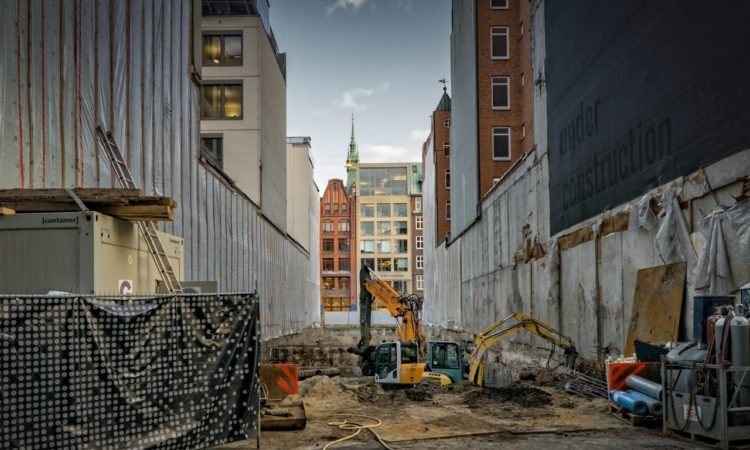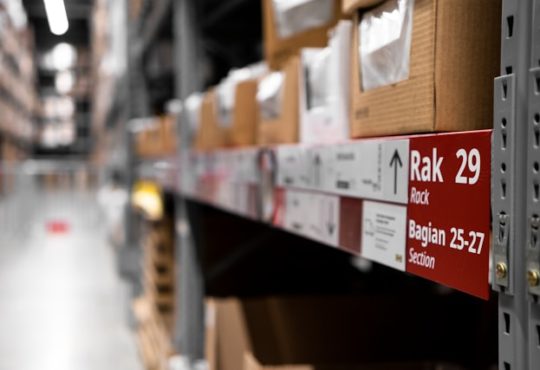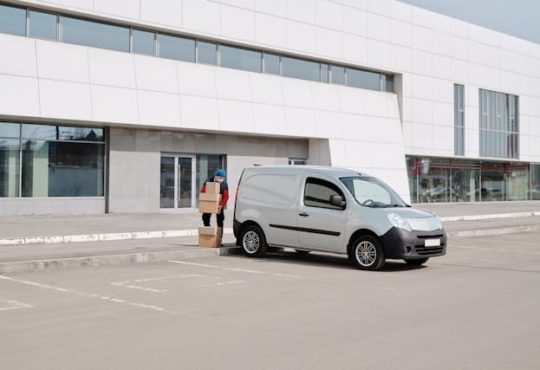
When working in the ground, things frequently go wrong. Cables or pipes get damaged, which often causes many more problems than just delaying a project.
A power outage, a gas leak or a broken Internet connection can bring down entire neighborhoods. Preventing excavation damage is therefore a must. You not only save costs, but also prevent dangerous situations and a lot of inconvenience to local residents.
How does excavation damage actually occur?
Most damages occur because cables or pipes are not in the expected location or because they are simply not visible during digging. It also happens that subsurface drawings are outdated or that the location has not been precisely measured. Whoever then sets to work with an excavator runs the risk of hitting something that should not be touched.
And that's not just annoying to the contractor or client. Excavation damage can affect gas or water pipes, creating immediate hazards. Failures in power lines or fiber optic networks also often lead to complaints from the neighborhood and high repair costs.
What preparations help with safe digging?
Good preparation begins with requesting information about the subsurface. In the Netherlands, this can be done through the Land Registry, where cable and pipeline information is available. Yet in practice it turns out that this information is not always complete or exact. Therefore, more and more companies are opting for a visual inspection of the subsurface before excavation work begins.
Knowing in advance where pipes are located significantly reduces the chance of damage. But sometimes more than just information is needed. For example, if pipelines are close together, or if extra care must be taken when working on vulnerable networks.
The role of suction technology in safe working
When digging with a crane or shovel is too risky, it offers suction technology a solution. This involves using a powerful suction device to remove the soil, leaving pipes and cables neatly exposed without damaging them. It is a controlled method that is much safer than traditional digging.
Suction extraction is often used where there is a lot of infrastructure underground, such as in inner cities or at industrial sites. It is also a common approach when working on gas or power lines, because the risks are greater there. The advantage is that you can see exactly what is going on underground and you can still work quickly and efficiently without direct contact with machinery.
What does preventing excavation damage yield?
The immediate benefit, of course, is that there are no repair costs. Replacing a broken pipe or reconnecting a cable costs time and money. In addition, the indirect damage is often much greater: residents who are without internet for days, companies that have to shut down production or even evacuations in the event of gas leaks. By preventing damage, you prevent all those consequences at once.
Safety also comes into play. A damaged gas line can create dangerous situations, and with electricity there is a chance of fire or power outages. By using techniques that greatly reduce the risk, you not only work more efficiently, but also safer for everyone in the area.
Smart and future-oriented building
At a time when there are more and more cables and pipes in the ground, think of the expansion of fiber optics and charging networks for electric cars, it is becoming increasingly important to work carefully. Where once an excavator was sufficient, the subsurface now requires more attention and care.






